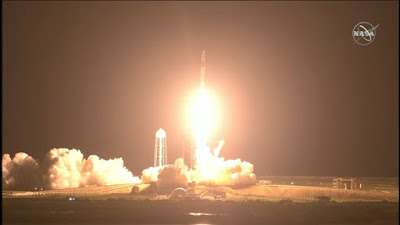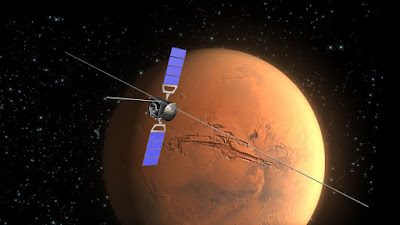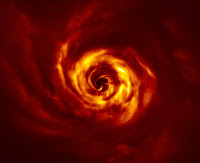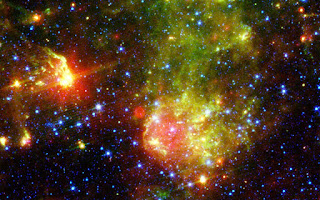4 Astronauts Aboard Recycled Capsule and Recycled Rocket Source: NASA & Space X Flying in Proven Flight Systems This morning, Space X launched a crew of four astronauts to the International Space Station aboard a recycled, reused Falcon 9 rocket booster, dubbed B1061, by SpaceX. The launch made history multiple times. It is the first time that astronauts have flown on a recycled, reused Crew Dragon capsule, named Endeavor, coupled with a reused Falcon 9 first stage launch rocket. It is also the first time that astronauts representing three different space agencies - NASA, Europe's ESA and Japan's JAXA, have ridden in the same space capsule. Space X's Endeavor made history last May when it became the first commercial space vehicle to ferry NASA astronauts to the ISS as part of the first launch of astronauts from the US in...













